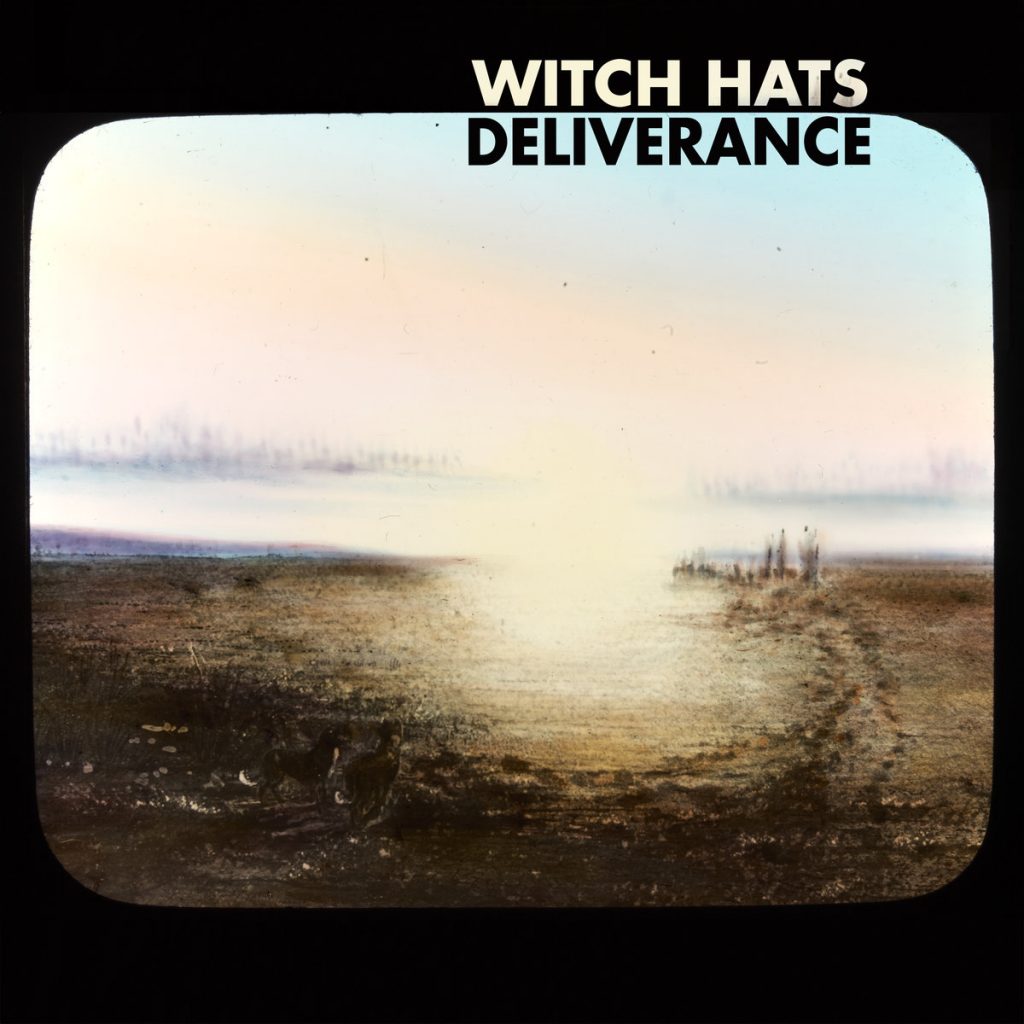The Aints: Hit me like a deathray, baby
In the space of less than two years between late 1990 and mid 1992, Ed Kuepper released no fewer than six albums. Three – Today Wonder, Honey Steel’s Gold and Black Ticket Day – were released under his own name, and were predominantly acoustic. The other three were electrical storms of white light, white heat and white noise recorded with a band Kuepper called the Aints, a smirking pun on his first band, the Saints.
The Aints saw Kuepper reclaiming the songs and the energy of that band, feeding into an extended feud between the guitarist and singer Chris Bailey, who has continued to play under the Saints’ name since the original group split. According to the press release ahead of this tour, the Aints “sought to bring justice to the sound and attitude of the original Brisbane-based band”, which at least implies that an injustice was being done elsewhere.
Last year, Bailey took his version of the band on a 40th anniversary tour of the release of the single (I’m) Stranded. Now the Aints are doing the same, with the Saints’ first album of the same name released in 1977. And the first show of this tour is in Brisbane – at the Tivoli, no less, the city’s best-sounding room.… Read more..
The Aints: Hit me like a deathray, baby Read More »
